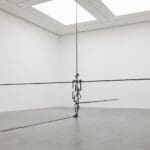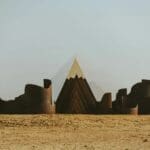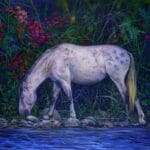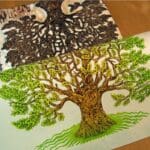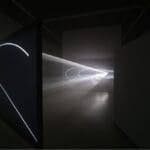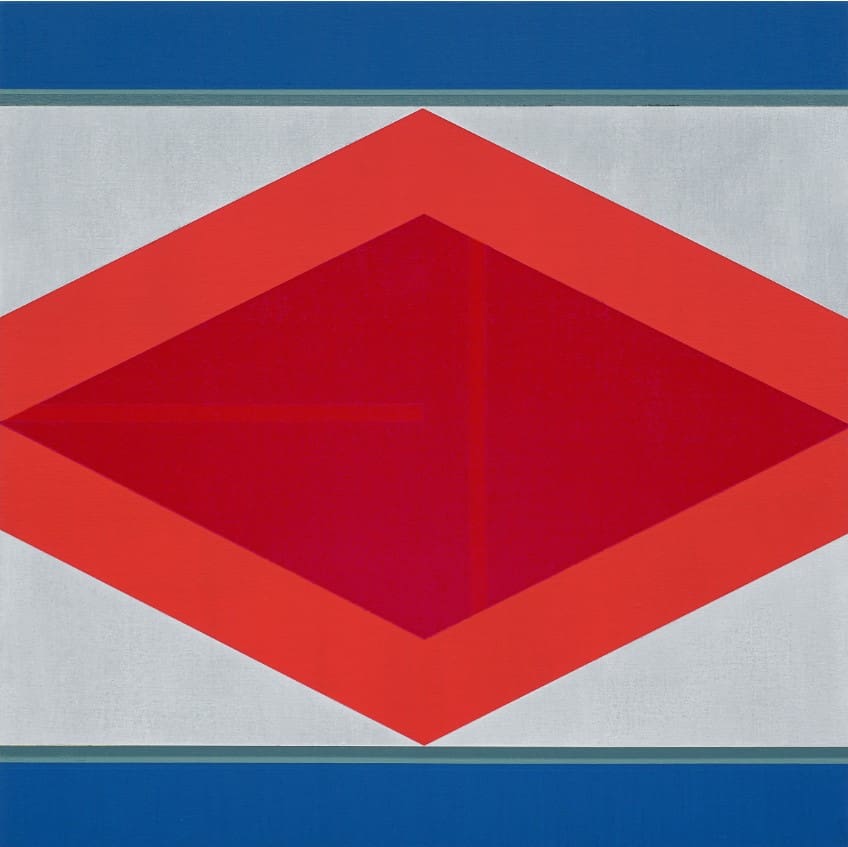Can Geometric Abstraction Stay Fresh?
Don Voisine, “Roos Field” (2022), oil and acrylic on canvas over wood panel, 18 x 18 inches
By the time I reviewed Don Voisine’s work in 2013, he was a veteran painter of geometric abstractions who was working with a hard-edged vocabulary and compositional format that centered a black form (rectangles, triangles, parallelograms, and trapezoids). Looking back through his work, I learned that in 1992 he began surrounding the black form with a border. In 1999, he introduced the diagonal into his work, adding another layer of tension between containment and expansion. Since then, he has expanded upon these possibilities while remaining devoted to his use of a single or double overlaid black form, hemmed in by parallel rectangles pressing in from either the painting’s sides or the top and bottom.
Voisine’s paintings were precisely delineated compositions where everything was considered, from the use of matte and shiny paint to the direction of the brushstroke, the solidity or transparency of the overlaid planes, the interaction between the black forms and white spaces, and the relationship between the black and white interior and the colors and bands pressing in. Perhaps because of his attention to composition and the particular elements of his work, and despite all the constraints he imposes, what singles Voisine out from other geometric abstract artists is that he remains a restless painter, capable of surprising his most ardent fans. This is why I saw the exhibition Don Voisine at McKenzie Fine Art.


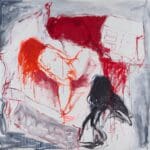
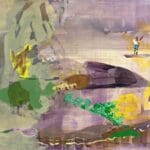
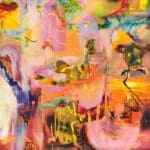


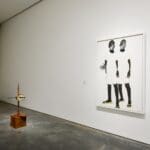
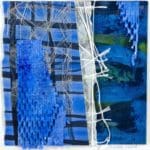
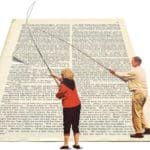


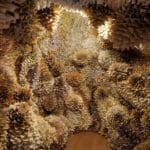



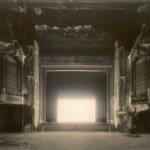
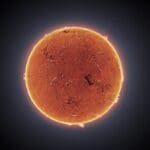

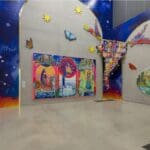



![Artist Shares Secrets of How To Draw Incredibly Realistic Portraits [Interview]](https://artistvenu.studio/wp-content/uploads/2023/12/Screenshot_242-150x150.jpg)



